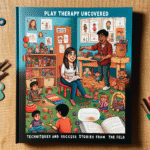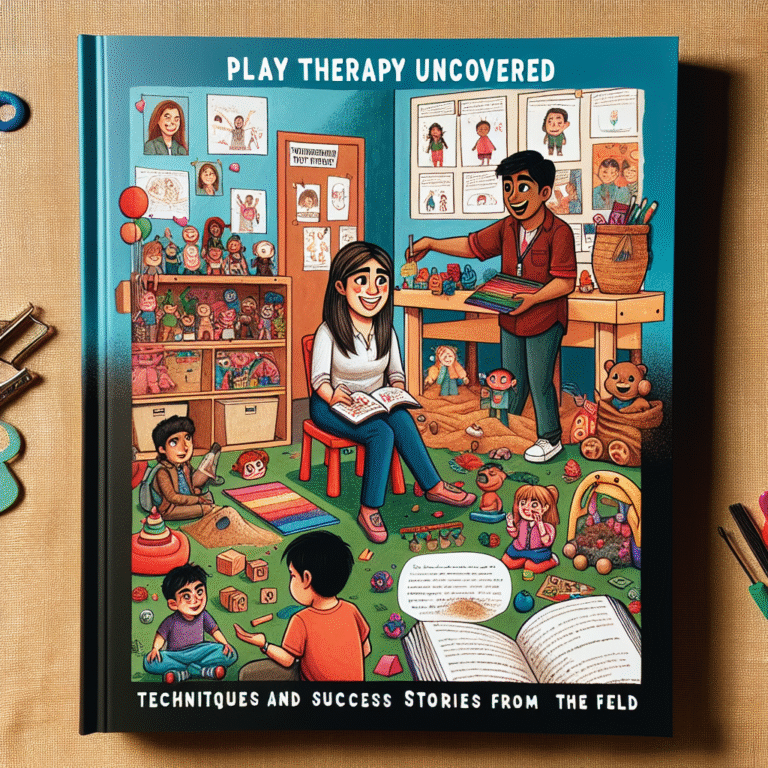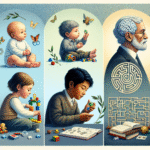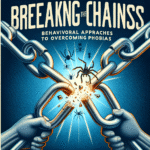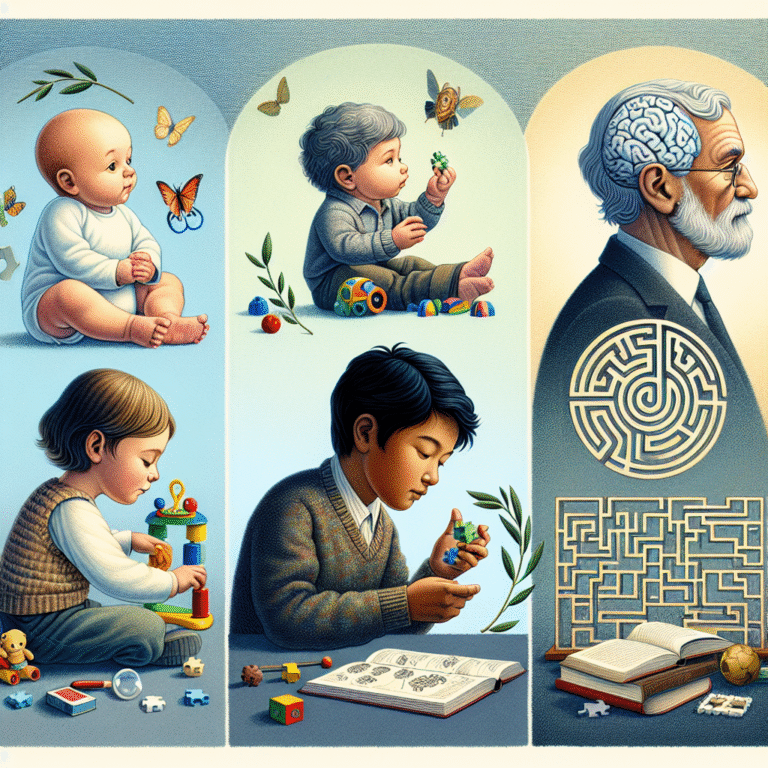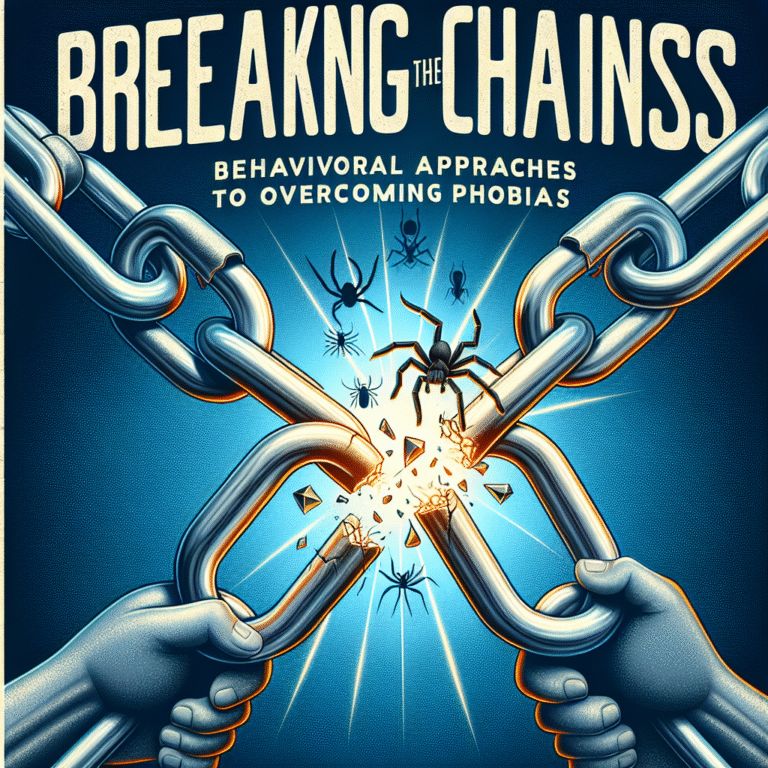
Introduction
Imagine a world where children don capes and become superheroes, where a blanket transforms into a majestic castle, and where every child has the power to concoct their own stories. This is the enchanting world of symbolic play, a critical developmental phase in childhood often overlooked by adults. The Art of Make-Believe: Exploring the Essential Importance of Symbolic Play reveals not only the joy it brings but also its profound significance in shaping imagination, creativity, social skills, and problem-solving abilities in young minds.
In an era dominated by screens and structured play, understanding the value of make-believe is more important than ever. So, let’s dive deeper into the art of make-believe and explore why symbolic play should be championed as a crucial component of healthy child development.
What is Symbolic Play?
Defining Symbolic Play
Symbolic play, also known as imaginative or make-believe play, is when children use objects, actions, or ideas to represent other objects, actions, or ideas. This form of play often appears as one child pretending to be a doctor while examining a stuffed animal or a group creating a café out of household items.
The Stages of Symbolic Play
Understanding the stages of symbolic play can help parents and educators recognize its development. Here are the typical phases:
- Solitary Play (0-2 years): Individual exploration begins with infants making sounds and exploring objects.
- Parallel Play (2-3 years): Children play alongside others but do not directly interact.
- Associative Play (3-4 years): Toward the age of three, children start to engage with one another in play scenarios, sharing toys and ideas.
- Cooperative Play (4+ years): This stage is characterized by collaborative and complex storylines.
The Importance of Symbolic Play
Cognitive Development
Symbolic play pushes cognitive boundaries, fostering creativity and problem-solving. Children learn to think abstractly, allowing them to communicate complex ideas and confront challenges in imaginative settings. A study by the American Psychological Association highlighted how children engaged in make-believe play exhibited enhanced cognitive flexibility, enabling them to adapt how they solve problems creatively.
Emotional Growth
Through symbolic play, children experience and express their emotions. A young child pretending to be a parent can explore feelings about caregiving and responsibility. This practice offers them a safe space to work through fears, frustrations, and triumphs, leading to better emotional regulation.
Social Skills Enhancement
Symbolic play is also a breeding ground for social skills. Through interactions, children learn to negotiate, share, and empathize. A group of children collaboratively building a fort will debate ideas and make compromises, developing conflict-resolution skills. For instance, a case study involving a preschool in New York demonstrated that increased engagement in imaginative play led to a marked improvement in children’s social interactions over just a few weeks.
Language Development
The art of make-believe naturally enhances language skills. When children engage in pretend play, they create narratives, expand their vocabularies, and use language in new contexts. Studies show that children who frequently participate in symbolic play display greater verbal skills and better conversational abilities.
Real-World Applications of Symbolic Play
Educators’ Role
Several educators worldwide are prioritizing symbolic play in their teaching methodologies. For example, Finland, renowned for its innovative education system, incorporates play into learning curriculums. Children are encouraged to engage in imaginative activities which not only create a relaxed learning environment but also foster creativity and collaboration.
Healthcare Settings
In therapy settings, symbolic play has been revolutionary. Child life specialists often use play to help young patients cope with hospitalization. By acting out medical procedures with dolls or toys, children can vocalize their fears, making the unknown less intimidating. A significant case study from a children’s hospital in California illustrated dramatic decreases in anxiety levels in children who participated in therapeutic play sessions before surgery.
Challenges in the Era of Structured Play
As educational practices shift towards more structured play, the essence of make-believe can sometimes be lost. Parents might feel pressured to provide organized activities for their children, unwittingly suffocating their natural inclination to create and imagine.
Recognizing Structured Versus Unstructured Play
To illustrate the impact of structured versus unstructured play, consider the following chart:
| Characteristic | Structured Play | Unstructured Play |
|---|---|---|
| Guidance | Led by an adult | Child-led, encourages exploration |
| Creativity | Limited; focuses on rules | Boundless imagination |
| Social Skills | Focuses on teamwork in specific contexts | Promotes negotiation and social cues |
| Cognitive Skills | Emphasizes specific outcomes | Encourages critical thinking |
It’s crucial to find a balance that allows for child-driven exploration within a supportive environment to retain the richness of symbolic play.
Actions for Parents and Educators
Encourage Imaginative Play
Create spaces filled with materials that inspire creativity. Dress-up clothes, building blocks, and art supplies can cultivate an environment where children feel free to express their imagination.
Limit Screen Time
Studies indicate that children benefit greatly from limited screen time as it allows for increased opportunities for symbolic play. Encourage outdoor play, art activities, and storytelling to stimulate their creative drive.
Collaborate and Participate
Engage in make-believe play with children. Whether it’s inventing stories together or joining in on a pirate adventure, adults participating in imaginative play demonstrates its value and fosters a deeper connection.
Establish Playdates
Encourage social interactions with peers through playdates, where guided but unstructured play can flourish. These experiences can enhance social skills and cement friendships.
Conclusion
The art of make-believe is not just a frivolous activity but an essential part of child development that enriches cognitive, emotional, and social skills. The Art of Make-Believe: Exploring the Essential Importance of Symbolic Play emphasizes the imperative role this form of play holds in the well-rounded growth of children.
By encouraging imaginative play and recognizing its profound benefits, parents and educators can nurture a generation of creative, empathetic, and socially skilled individuals. Let’s champion the importance of symbolic play and ensure our little ones have the freedom to dream and explore their world.
FAQs
1. Why is symbolic play crucial for cognitive development?
Symbolic play enhances a child’s cognitive flexibility, enabling them to think creatively and solve problems innovatively.
2. How can parents incorporate symbolic play at home?
Create a playful environment with diverse materials like costumes, art supplies, and building blocks to foster imagination and creativity.
3. What are some examples of symbolic play?
Examples include playing house, pretending to be superheroes, using objects as pretend food, or engaging in role-playing scenarios.
4. How does symbolic play improve social skills?
Through collaborative play, children learn vital social skills such as negotiation, empathy, and conflict resolution.
5. When does symbolic play typically begin in children?
Symbolic play usually starts around age 2 but can vary by child. It grows more complex as they develop language and social awareness.
By weaving together the various strands of symbolic play, we not only appreciate its beauty but also its formidable contribution to child development. Let us embrace the art of make-believe and empower our children to explore their imaginations to the fullest!


